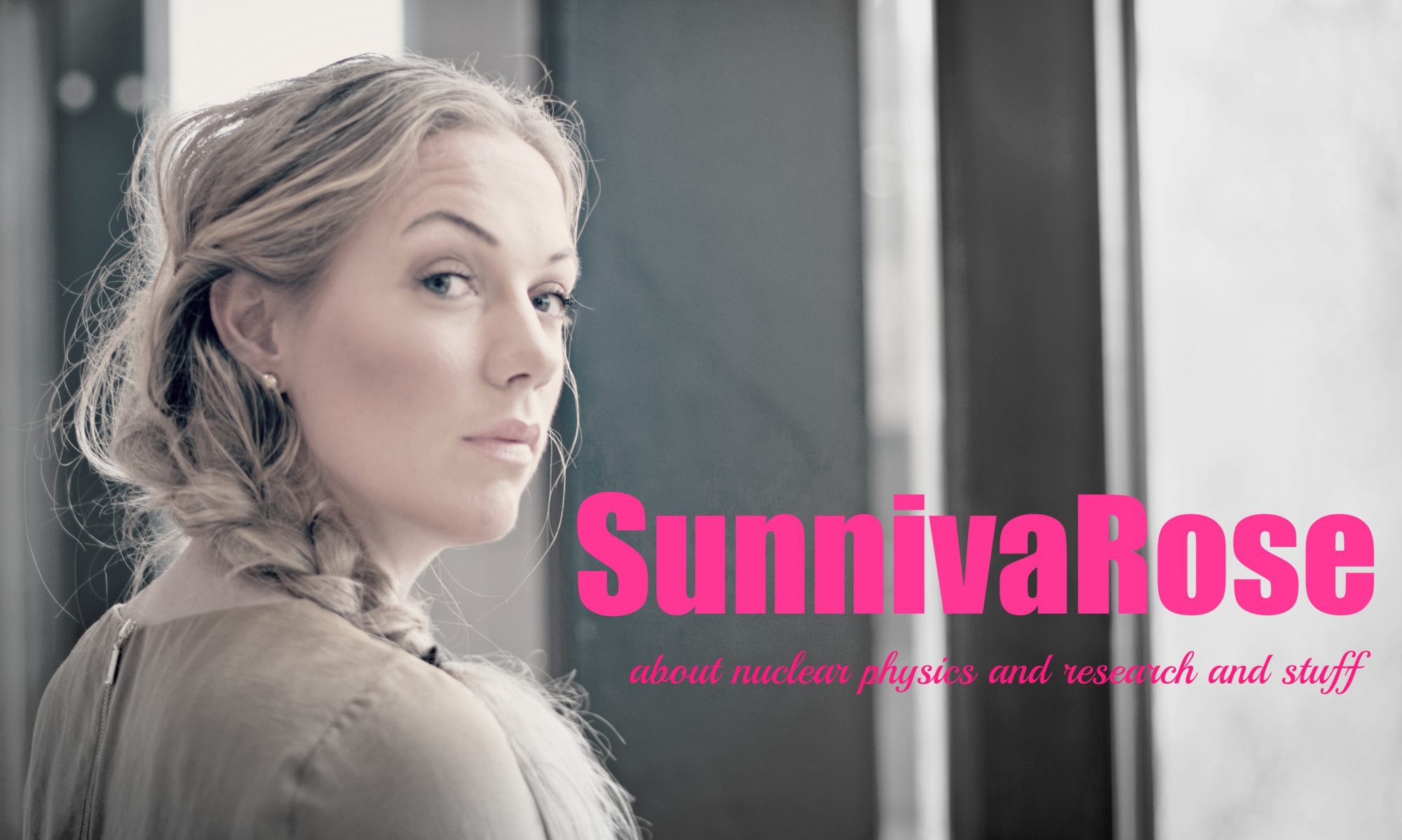
I dag, på denne utrolig sure og grå novemberdagen har jeg lyst til å komme med et tips: Boken "Den magiske virkeligheten" som er skrevet av biologen Richard Dawkins ♥ (Ja, han som blant annet har skrevet "The selfish gene" 🙂 )
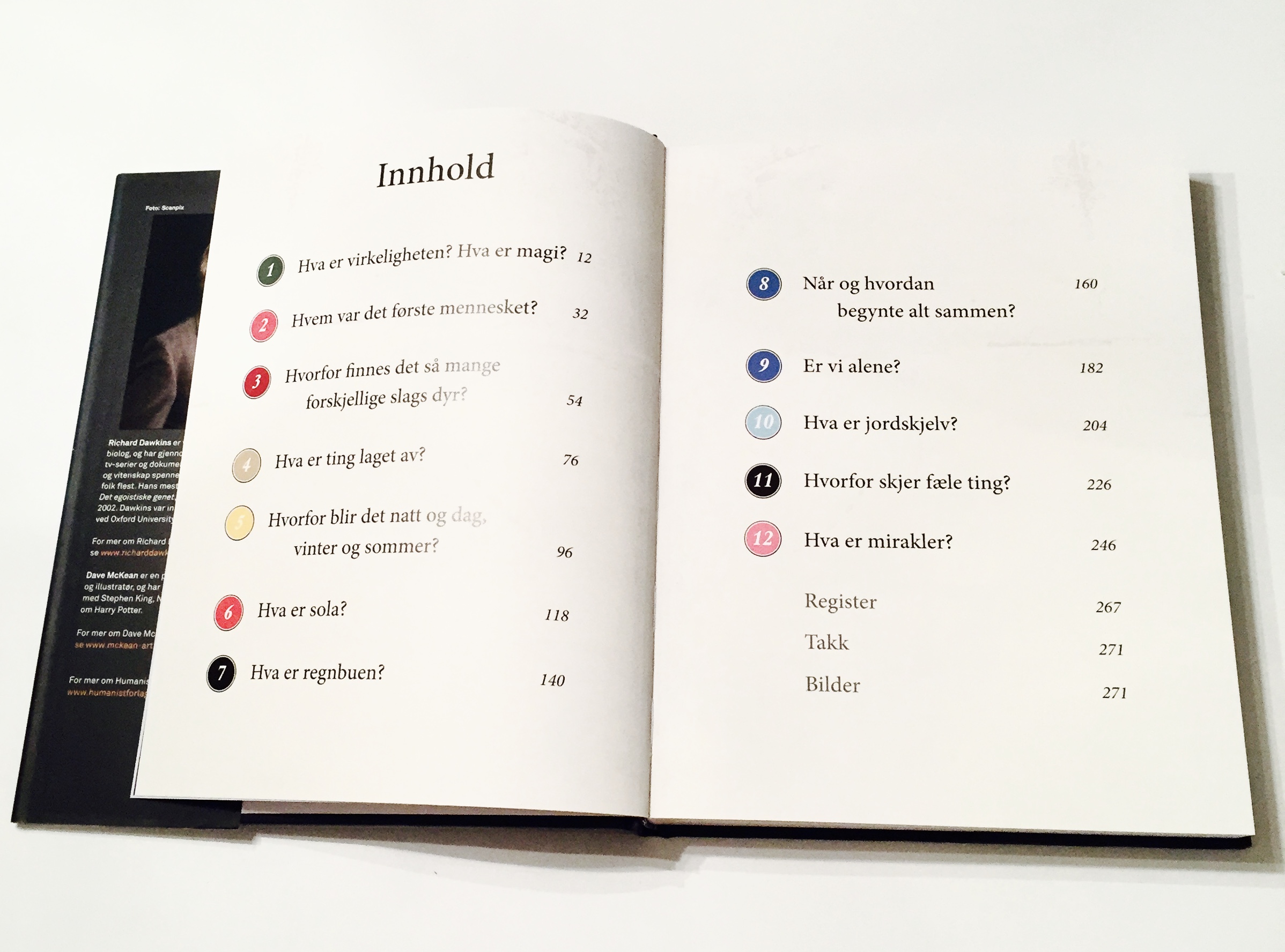
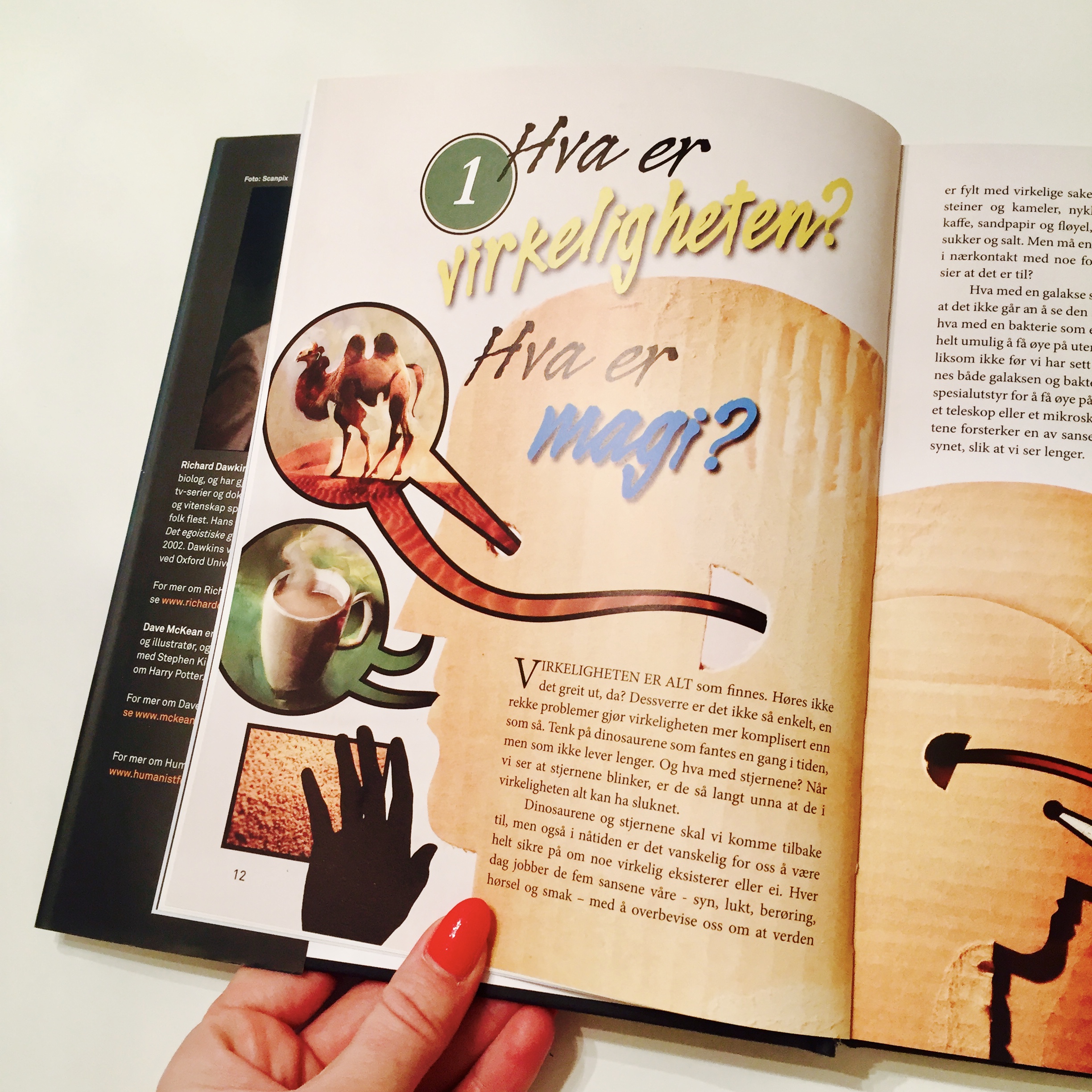
Jeg fikk mitt eksemplar da jeg holdt tale på humanistisk konfirmasjon nå i vår, og så har jeg egentlig ikke sett noe på den før nå når jeg står midt oppi flytting, og plutselig går igjennom alle bøkene. Det var ikke et øyeblikk for tidlig: Denne boken er helt fantastisk, både innhold, måten den er skrevet på, og ikke minst de nydelige illustrasjonene. Jeg tenkte først at det var en bok for ungdom og voksne, men når jeg så nærmere etter så så jeg at det er fullt mulig å lese denne også for barn. Så for et par kvelder siden begynte jeg å lese om hva er virkelig og hva er magi for Alexandra. Hun er jo snart 8 nå, og jeg tror det kanskje er en nedre aldersgrense.
Men det finnes også en annen form for magi, og den ligger i gleden over å oppdage de virkelige svarene på de store spørsmålene. Hva er ting laget av? Hvor gammelt er universet? Hvorfor ser kontinentene ut som brikker i et puslespill? Hvorfor har vi så mange slags dyr og planter? Hvem var det første mennesket? Hvorfor oppstår det tsunamier? Vitenskapen er virkelighetens magi.
Altså, er ikke dette bare helt utrolig vakkert? Jeg smelter i alle fall helt av dette, og er ikke i tvil om hvilken bok fine niese Andrea finner under treet om en kort måned ♥


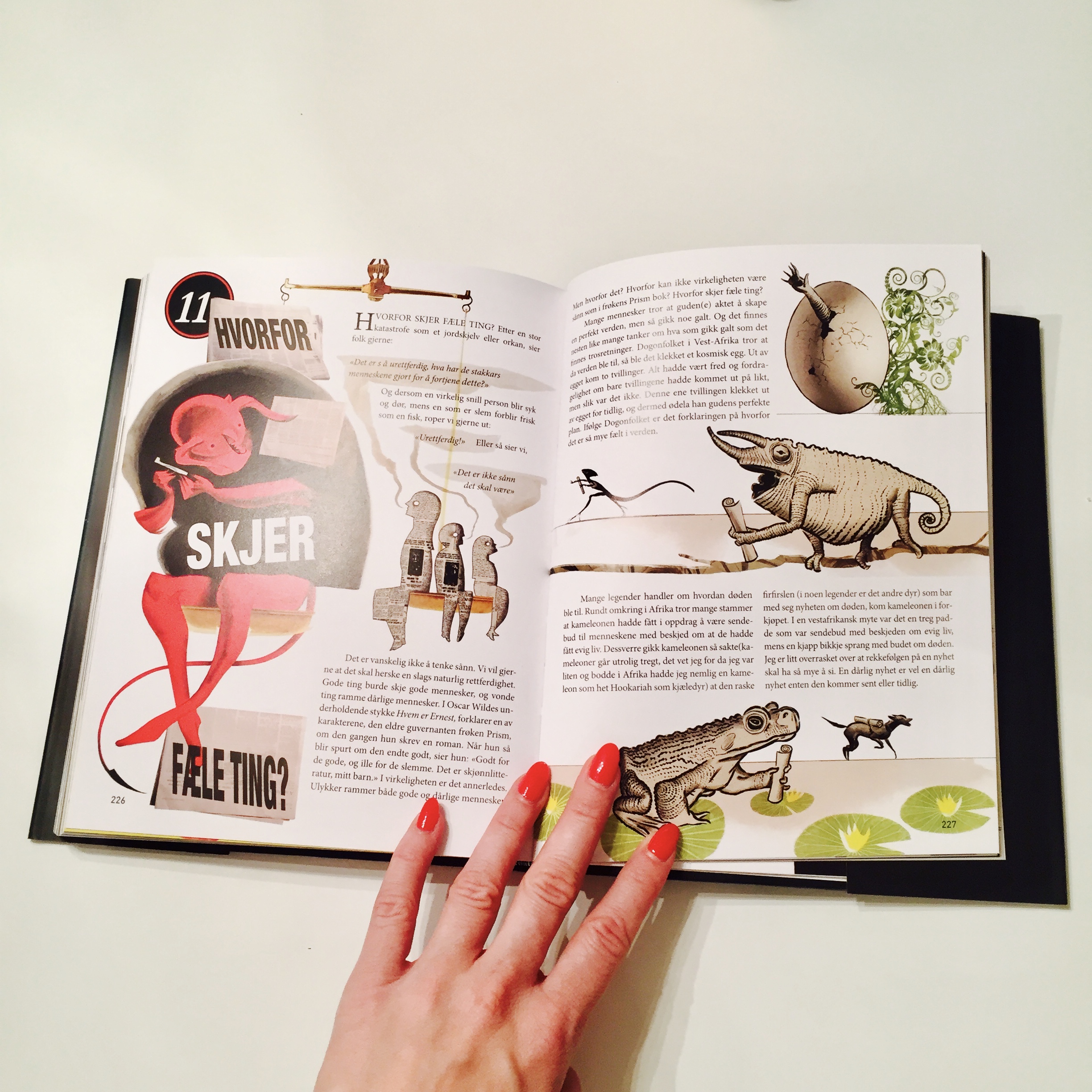
Boken er skrevet på en sånn måte at man lett kan hoppe rundt i den, etter hvilket tema man syns er spennende der og da. Heldigvis! For man får virkelig lyst til å lese overalt - helst på én gang.
Vi startet feks med å lese innledningen, om hva er virkeligheten og hva er magi - hvordan vi vet hva som sant og ikke, og hvordan forskning virker. Så ble Alexandra litt ferdig med det, og så bladde vi litt, og så ville hun gjerne lese om hvorfor det skjer fæle ting. Det vi leste ga oss også en kjempefin diskusjon om det vi leste om; altså, det at det faktisk skjer like mye fælt med de som er snille, og hva vil det egentlig si å være snill...? Viktige, og spennende, temaer!
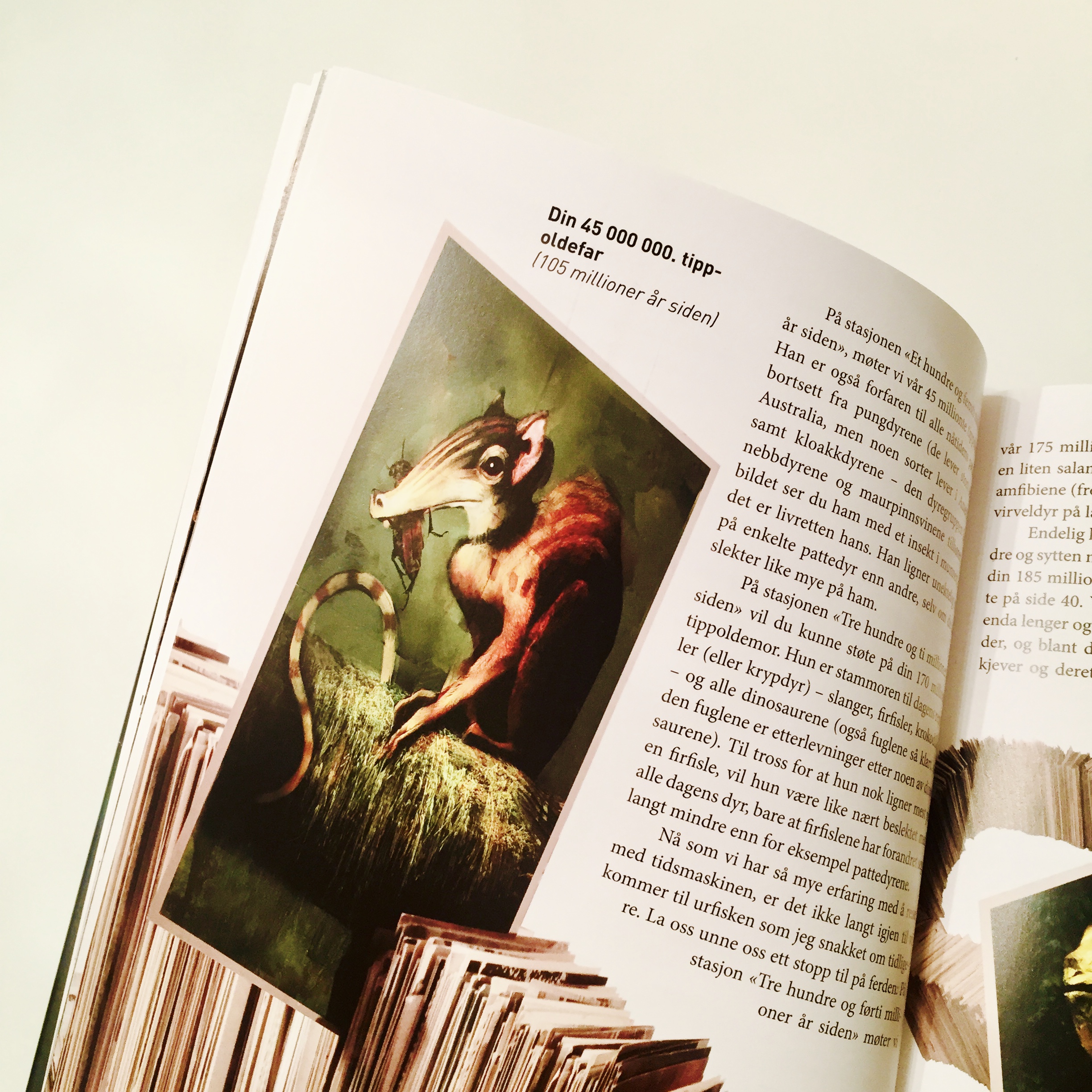
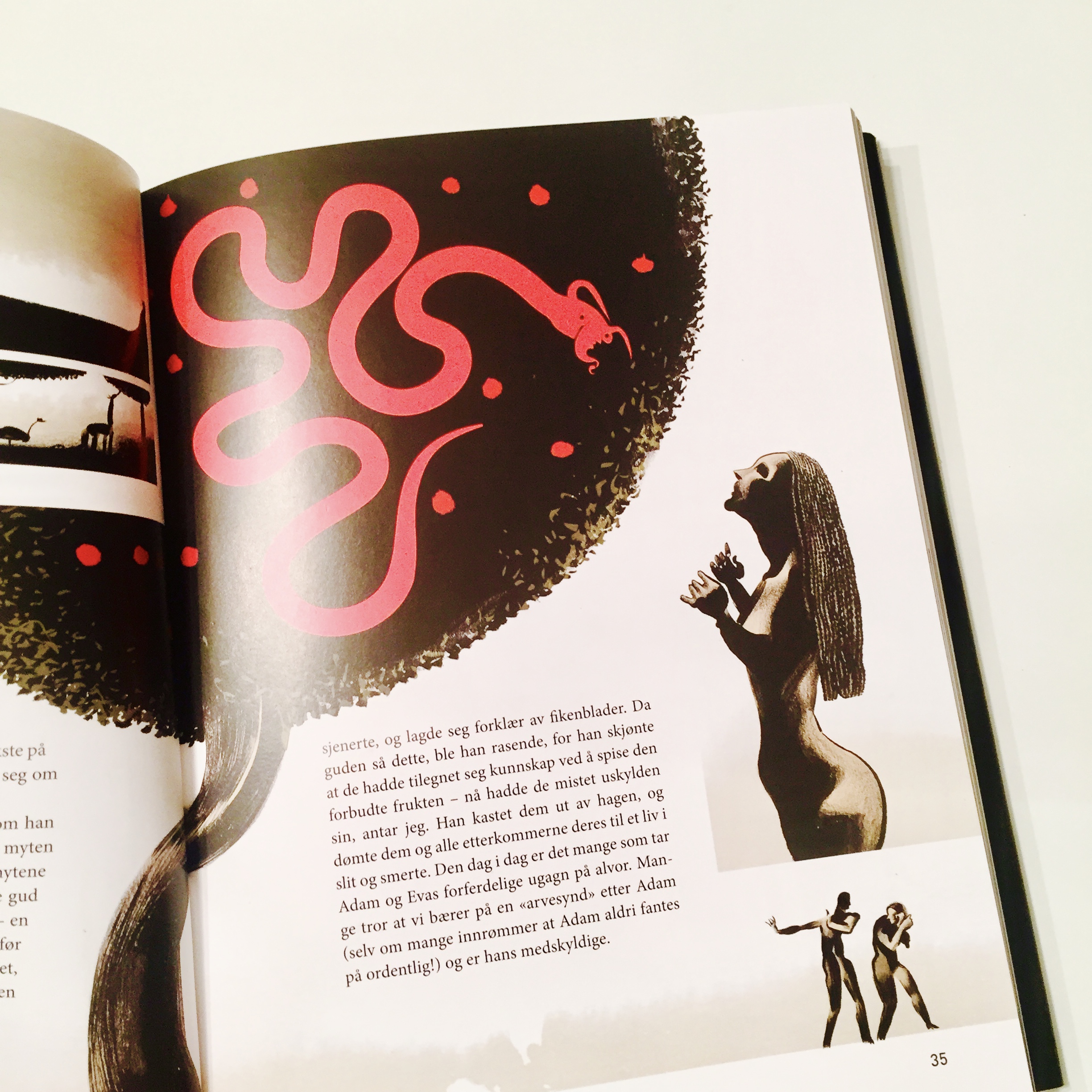


"Den magiske virkeligheten" kan anbefales fra 2/3 klasse, men den burde faktisk egentlig leses av alle ♥ Dette er virkelig et (godt 😉 ) julegavetips fra meg i år.
PS: Dette er på ingen måte et betalt eller sponset innlegg (jeg er ikke så stor og kul at jeg blir sponset 😛 ) fra Humanistisk forlag - dette er en 100% ektefølt anbefaling! Forøvrig digger jeg dette forlaget, for de har sååå mange fine bøker ♥
Klem 🙂
